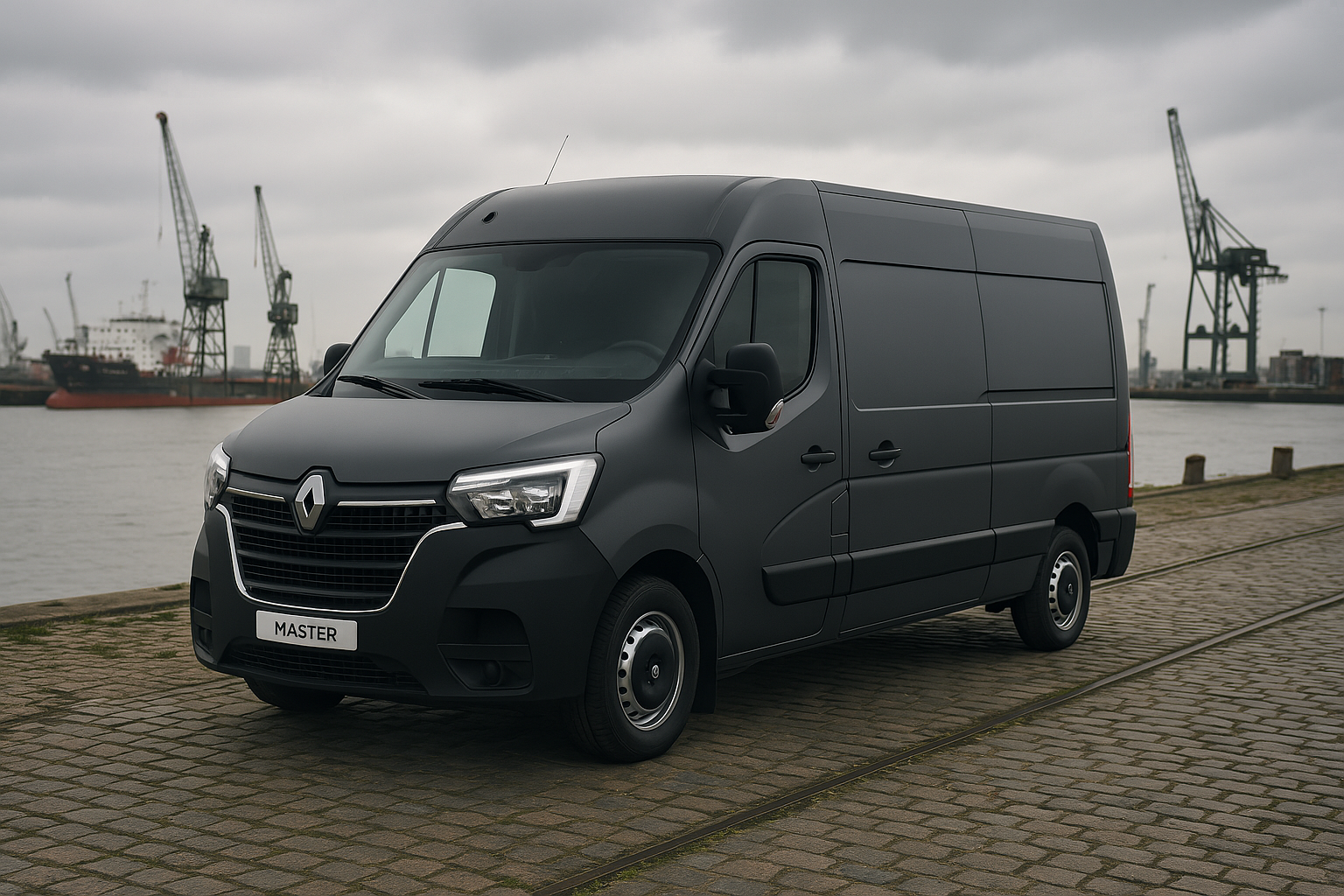Renault Master: A Comprehensive Overview of Renault's Flagship Van
The Renault Master is a large van produced by the French manufacturer Renault since 1980. It has undergone several generations of development, with the latest being the fourth generation introduced in 2024. The Master has been marketed under various names, including the Opel Movano and Nissan Interstar, due to collaborations with other automotive companies. Over the years, the Master has been recognized for its versatility, offering a range of configurations to suit different commercial needs.
Initially launched to replace the Renault Super Goélette, the first-generation Master featured distinctive styling and was manufactured at Renault's SoVAB Batilly plant in France. The second generation, introduced in 1997, saw a more conventional design and expanded collaborations, leading to badge-engineered versions for Opel and Nissan. The third generation, starting in 2010, brought significant updates, including new engine options and configurations, and continued until it was succeeded by the fourth generation in 2024.
Design and Dimensions
The Renault Master is available in various body styles, including panel vans, chassis cabs, and platform cabs. It offers multiple lengths and heights to accommodate different cargo volumes. The latest generation boasts improved aerodynamics, with a 20% reduction in drag coefficient compared to its predecessor. This enhancement contributes to better fuel efficiency and overall performance.
Load volumes for the Master range from 8 m³ to 22 m³, depending on the chosen configuration. The van's dimensions vary accordingly, with lengths spanning from approximately 5 meters to nearly 7 meters and heights from just over 2 meters to almost 3 meters. These options allow businesses to select a model that best fits their transportation requirements. The high roof options are especially useful for tradespeople and delivery services requiring maximum cargo capacity without compromising maneuverability.
Powertrain Options
The Renault Master offers a range of powertrains to cater to diverse needs. Traditional diesel engines remain available, with options including 2.0-liter and 2.3-liter dCi engines delivering various power outputs. These engines are known for their reliability and efficiency, making them suitable for long-distance hauling and heavy loads. The transmissions are available in both manual and automatic formats, offering flexibility based on driving conditions and personal preference.
In response to growing environmental concerns and urban emission regulations, Renault introduced the Master Z.E. (Zero Emissions) in 2018, an all-electric version of the van. This model features a lithium-ion battery and an electric motor, providing a practical solution for businesses operating in low-emission zones. The electric Master has since been updated, with the latest versions offering improved range and charging capabilities. Quick-charging options have been added to reduce downtime for fleet operators.
Innovations in the Fourth Generation
The fourth-generation Renault Master, unveiled in 2023, introduces a multi-energy platform supporting diesel, electric, and hydrogen fuel cell powertrains. This flexibility allows customers to choose the most suitable energy source for their operations. The electric variant, known as the Master E-Tech, offers battery capacities of 40 kWh and 87 kWh, with ranges up to 460 km, depending on the configuration.
Additionally, the hydrogen-powered Master Van H2-Tech presents an alternative for businesses seeking zero-emission solutions with faster refueling times compared to battery-electric vehicles. This model features a hydrogen fuel cell system, providing extended range and quick refueling, making it ideal for intensive usage scenarios. Renault's investment in hydrogen infrastructure, in collaboration with other energy stakeholders, underlines its long-term vision for sustainable mobility.
Interior and Features
The Renault Master is designed with driver comfort and practicality in mind. The cabin offers ample storage solutions, including overhead shelves, door bins, and under-seat compartments. The driver's seat is adjustable, and the controls are ergonomically positioned for ease of use during long drives. The latest models also include improved sound insulation to reduce cabin noise and increase comfort on the road.
Modern versions of the Master come equipped with advanced infotainment systems, featuring touchscreen displays compatible with Android Auto and Apple CarPlay. Safety features have also been enhanced, with options such as lane departure warning, blind-spot monitoring, and automatic emergency braking available to assist drivers and improve overall safety on the road. Additional driver aids include a rear-view camera, front and rear parking sensors, and hill start assist.
Market Presence and Recognition
Throughout its production history, the Renault Master has established a strong presence in the commercial vehicle market across Europe and beyond. Its adaptability and range of configurations have made it a popular choice among businesses in various industries, from logistics to construction. Its ability to meet the specific demands of fleet operators through customization and factory-built variants has contributed to its wide appeal.
In recognition of its innovation and performance, the fourth-generation Renault Master was awarded the International Van of the Year 2025. This accolade highlights Renault's commitment to advancing commercial vehicle technology and meeting the evolving needs of its customers. The award also acknowledges the company's pioneering efforts in integrating multiple energy solutions into a single platform. With its robust build, modern technology, and eco-friendly options, the Renault Master continues to lead the segment and set new benchmarks for the future of utility transport.

